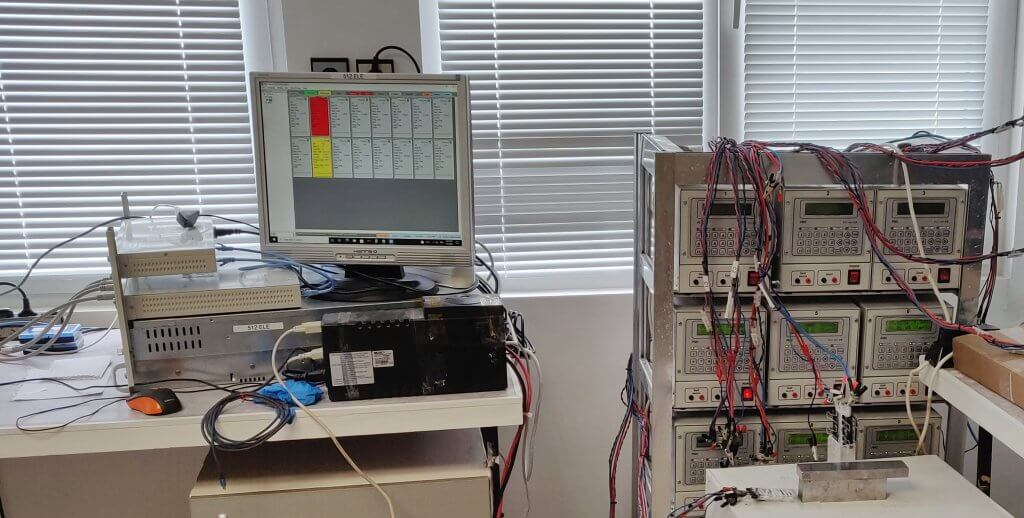
2 August 2021
When the French inventor Gaston Plante discovered in 1869 that two lead plates immersed in sulfuric acid solution can reversibly store electricity, he probably did not imagine that he had given the world one of the most widely used and stable battery systems.
Today, 160 years later, the lead battery dominates more than 60% of the market for secondary power sources, with a market worth more than $30 billion annually.
Globally, there is a huge infrastructure and economy that supports the production and development of lead batteries including thousands of jobs and factories around the world.
What are the reasons for the success of the lead battery? First of all, it is safe, the terminal voltage is relatively high and it can deliver high power at discharge high currents. Another advantage is the low cost of production and the low total cost of ownership and operation. Last but not least, the lead battery is the most recycled consumer product globally. More than 97% of the components of the used lead batteries are reused, making this electrochemical system an integral part of the circular economy.
But innovation is necessary all technologies. And for lead batteries, an area of development is to tackle the low specific energy of the system.
Our research team at the Institute of Electrochemistry and Energy Systems at the Bulgarian Academy of Sciences (IEES-BAS) is exploring how to improve the energy and environmental performance of lead batteries. By enhancing these aspects, the lead battery will continue to be a core technology for the decarbonization aims of governments across the globe.

In a recently published paper by our research team at IEES-BAS, we look at the possibility to design a lead-air electrochemical system. The purpose of the study was to prove that the positive electrode in a conventional lead battery can be replaced with a gas diffusion electrode (GDE).
The main advantages of this approach are that the GDE increases the specific energy of the system by up to 52% while reducing the amount of lead used, thus making the battery lighter and more cost-effective.
Another advantage which makes the adoption of the new system easier is that the negative electrode is the same as the one used in conventional lead batteries. This means that the main current generation reactions remain the same.
Research and innovation are integral to the lead battery industry, and our work on this system will continue in order to improve the stability and reversibility of the GDE. We believe that this new reincarnation of the lead battery will open new possibilities for lead batteries to remain an important part of the energy storage landscape as well as to remain a leader in the circular economy.



09/12/2025